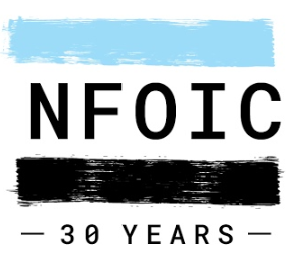Blog Posts
Will Supreme Court plans for electronic access to case files spur the same in the District?
dcogcadmin | January 4, 2015
Public access is available online to full case files in the lower federal courts but not the Supreme Court — nor in courts of most states and the District of Columbia. But in his 2014 year-end report, Chief Justice John Roberts announced work is under way to bring the High Court on line as well.
Wrote the Chief, “The Supreme Court is currently developing its own electronic filing system, which may be operational as soon as 2016. Once the system is implemented, all filings at the Court—petitions and responses to petitions, merits briefs, and all other types of motions and applications—will be available to the legal community and the public without cost on the Court’s website.”
The Chief Justice acknowledged the Court’s pace of tech adoption may appear slow, but he wrote at some length to explain the many factors making the new system challenging.
Without discussing why the Court is apparently going its own way, rather than adding its own electronic system as another segment of the PACER system serving the rest of the federal judiciary, he concluded: “Like other centuries-old institutions, courts may have practices that seem archaic and inefficient— and some are. But others rest on traditions that embody intangible wisdom. Judges and court executives are understandably circumspect in introducing change to a court system that works well until they are satisfied that they are introducing change for the good.”
He closed with the observation that tortoises appear in several parts of the Supreme Court building decoration (on the east side and at the foot of lampposts) “symbolizing the judiciary’s commitment to constant but deliberate progress in the cause of justice.”
Senator Patrick Leahy (D-Vt.) outgoing chairman of the Senate Committee on the Judiciary, pointed out in a statement quoted by Legal Times that the report did not mention “the failure of the Supreme Court to allow even old technology, like photographs of the Supreme Court in session or live streaming of its oral arguments online.”
D.C. Superior Court began in 2001 its own move to become a 21st Century all-digital paperless court. The system has been extended to multiple segments of the court’s work (civil, criminal, probate, and so on). Parties to cases in the court file documents electronically and judges and clerks have terminals to access the files from offices and on the bench. But unlike the federal courts, there is no online access for the public to the full court record, only at computer terminals in the courthouse.
The D.C. Court of Appeals has had its own electronic record system in the works for some time, but there has been no announcement of a specific date for implementation either of electronic filing or public access.
Information presented last month at the annual “E-Courts” conference of the National Center for State Courts suggests an increasing pace of adoption of electronic filing and case management in the state courts. With that comes demand almost no states are yet meeting, for court record access as one more important form of open government.
This announcement from the Supreme Court suggests that momentum can only grow.
Press coverage of the Chief Justice’s December 31 report included a posting in the Blog of Legal Times by Court correspondent Tony Mauro, an article by Washington Post Court reporter Robert Barnes and a commentary by Post technology and policy reporter Nancy Scola. The Post’s January 4 editorial welcomed the “long-overdue move to put court documents online” but regretted that the report “stopped well short of embracing other obvious improvements” such as cameras.
